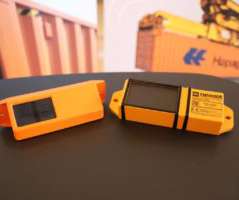Ocean Container Tracking & Port Terminal Operations: Maritime Supply Chains and the “Visibility Paradox”
3rdwave
SEPTEMBER 30, 2020
Dating back to EDI and XML, and now through solutions that employ the Internet of Things, GPS, API’s and Artificial Intelligence, there’s no limit to what people can build in their quest to facilitate global trade. With the above said, I’ve observed a “Visibility Paradox” regarding ocean container tracking that I believe requires a call-out.















Let's personalize your content